Recently, I felt the need to extend my wide-angle range for my manual-focus Minolta cameras. I had an MD 35-70/f3.5 (the third version, non-macro), but I wanted to extend in the direction of a 24mm. Some time ago, I had a Vivitar 24mm, but I sold that together with an XM. Which I regretted…
Initially, I looked for a Minolta MD 24-50/f4, but these are far and few between… and also quite expensive. So I thought, why don’t I look for a prime?
I ended up finding someone who had a Makinon 24/f2.8, a Vivitar 28/f2.8 and a Sigma 35-70/f3.5-4.5 for the sum of 50 euros, so I thought, let’s see what that is. I was planning to push the last one out the door because I reckoned it wouldn’t be a match for the MD 35-70, but to test them all.
I also had a Minolta MD 28-70/f3.5-4.5 and a Tokina AT-X SD 28-70/f3.5-4.5 lying around that, in round 2, I decided to include, just for fun.
Then, somebody wanted to get rid of a Sigma Super-Wide 24mm/f2.8. For a tenner. I thought, let’s look that one up, and it appeared to be rated highly, although the reviews indicated that there was a quality spread (which wasn’t unusual for Sigma in those days). But I snapped it up anyway.
So… now I had a forest of lenses to test. The Minolta XE-1 already had an ADOX CHS-100 II in its belly… and since this is rated as a film with ample sharpness, I set to work. Developed the CHS-100 in XT-3 1+1 for 8 minutes.
The trees in WideAngle Forest:
Primes:
- Sigma Super-Wide 24/f2.8
- Makinon 24/f2.8
- Vivitar 28/f2.8
Zooms:
- Tokina AT-X 28-70/f3.5-4.5
- Sigma 35-70/f3.5-4.5
- Minolta MD 28-70/f3.5-4.5
- Minolta MD 35-70/f3.5
Tests to be executed
I wanted to evaluate sharpness wide open and test for neutral rendering of details outside the focal plane (usually called “bokeh”).
I also wanted to look at distortion (for the zooms at two zoom levels), for the primes at two apertures: full open and closed down two stops), in combination with sharpness, contrast and vignetting.
Test 1: Sharpness and bokeh
Mise-en-scene:
The picture below is the full frame of the setup. As you can see, our point of focus is the camera-facing side of the Rollei container, with all the small print on it. In order not to crawl towards the camera (which was on the lowest tripod position I could manage), but also to aid focusing, I stuck the angle finder to the viewfinder. This has a 2 x enlarging facility, which gives me an enlarged view of the center of the viewfinder, where the split-screen thingy lives. Using the bar code to focus on, that was a piece of cake.
Of course, for the lenses that cannot focus close enough (in this picture, the focal plane is at approximately 40 cm in front of the film plane), the film carton had to be moved backwards.
Please note my immediate apology for not removing any dust off the scans!
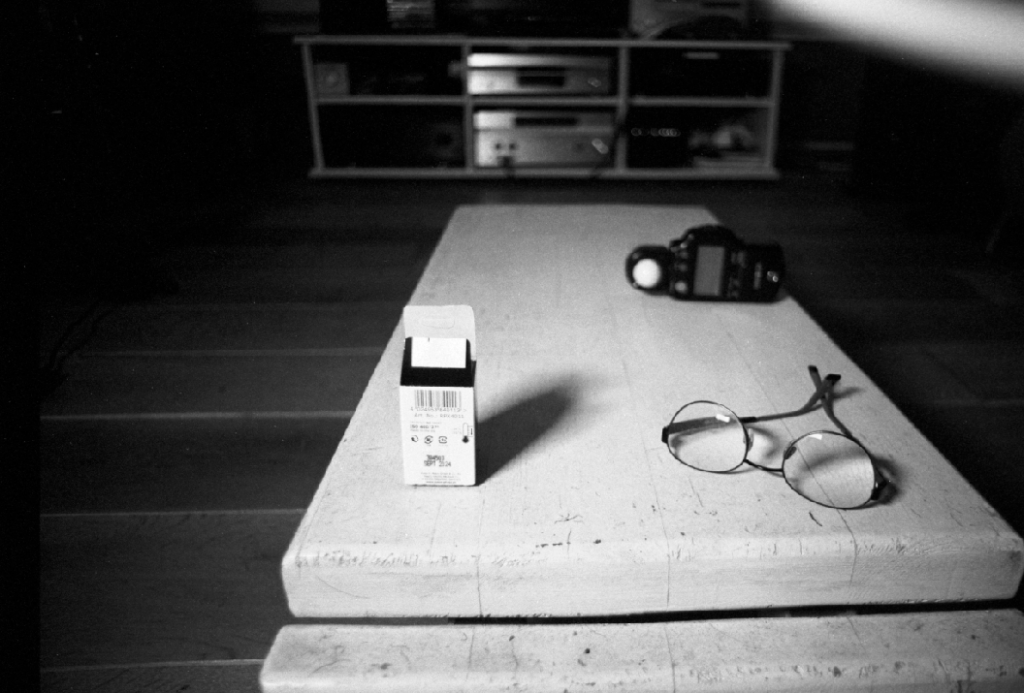
Relevant results
This immediately led to a shock.
I had sort of hoped that the Sigma 24/f2.8 would live up to the expectation set in the reviews, and I hoped that the MD 35-70/f3.5 would be… comparable… after all, that was the optical formula Leica used for its Vario-Elmar of the same specs. These were the lenses I thought I’d keep.
The Sigma was right up to it. Even wide open, sharpness (out of center) was better than I had expected or even hoped, and the unsharp highlights in the background were really neutrally rendered.
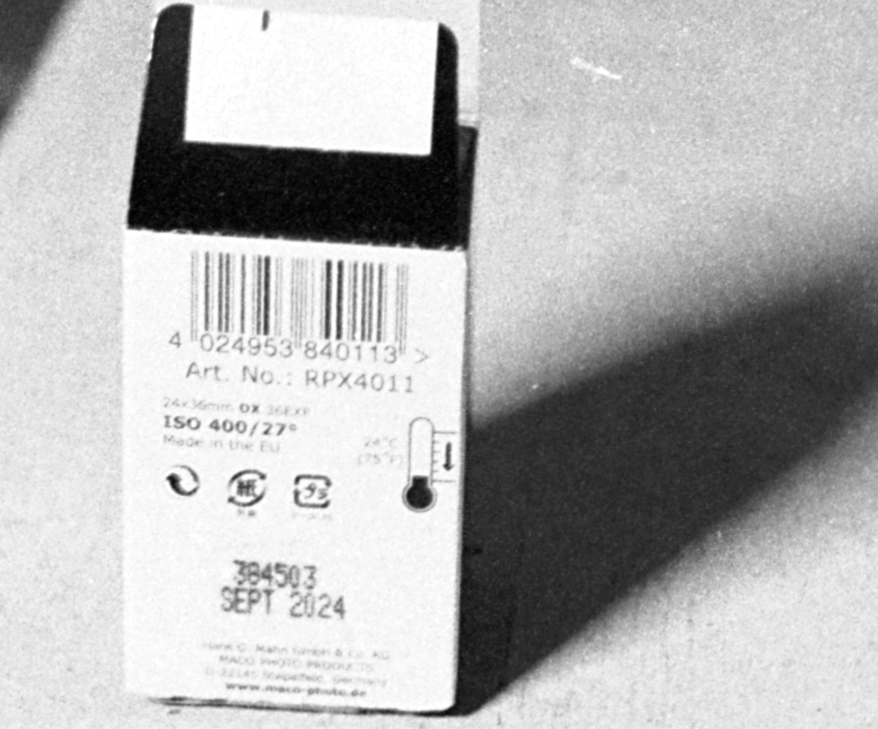
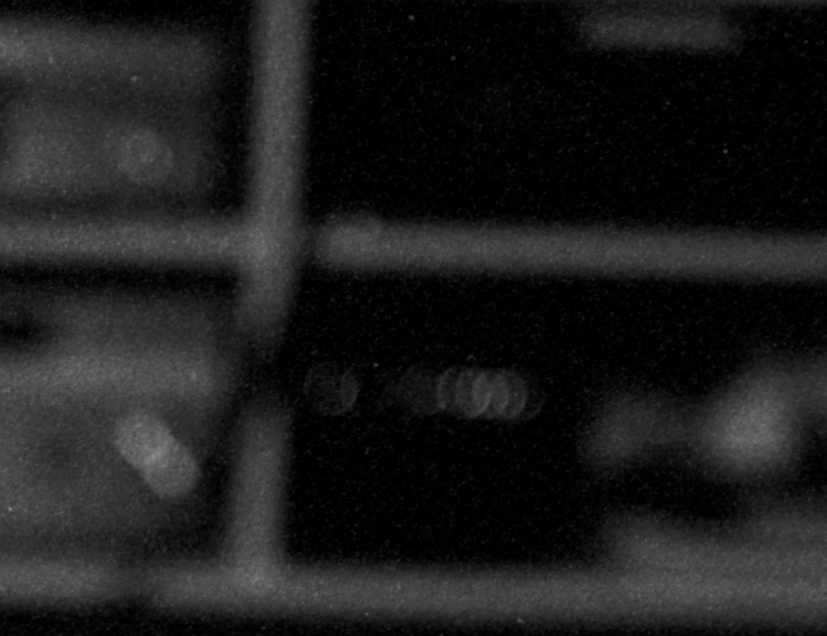
The shock came when I looked at the shots of the MD-35-70/f3.5. I hoped it would be as good as the Sigma prime, but it wasn’t. It was better. Not just a bit better — its detail rendering in the focus plane essentially blew all primes out of the water wide open.
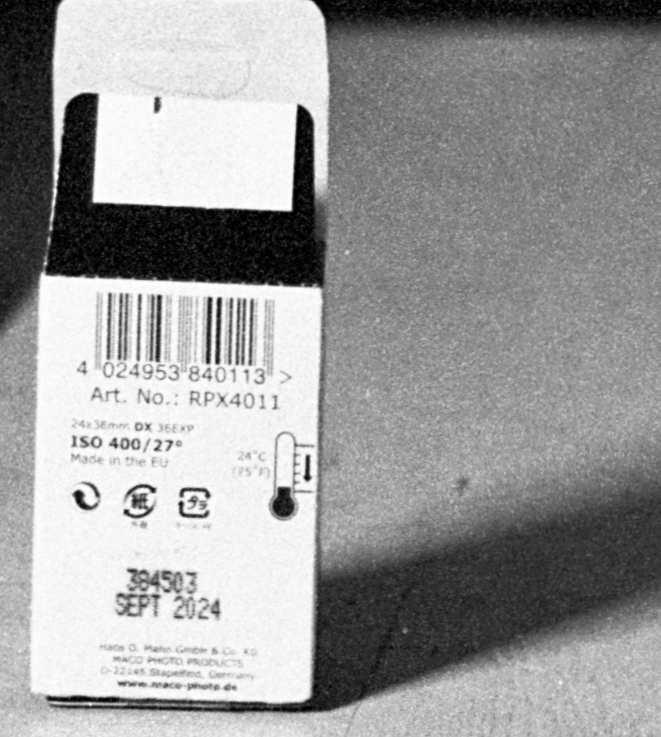
And its bokeh was on the same level as the Sigma: completely neutral. Winner and still champion for this test.
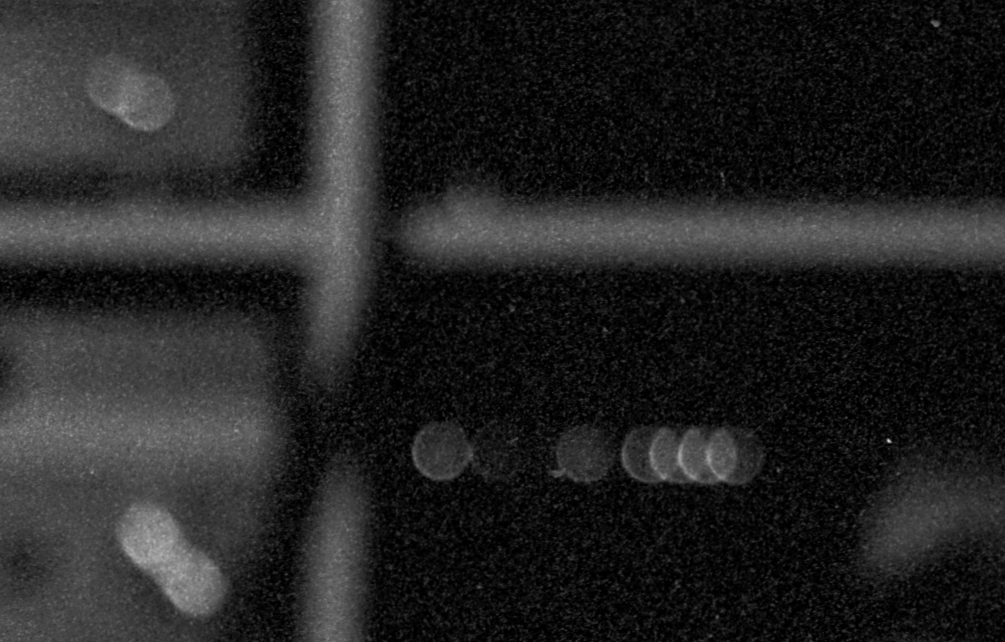
The Makinon 24mm was maybe a wee bit softer than the Sigma 24mm, but the difference was like splitting hairs. Its capacity for fine detail clearly outshines its questionable reputation; solely based on this result, if I wouldn’t have seen any other results, I’d have been perfectly happy keeping it. Note: it would let me down later, though…
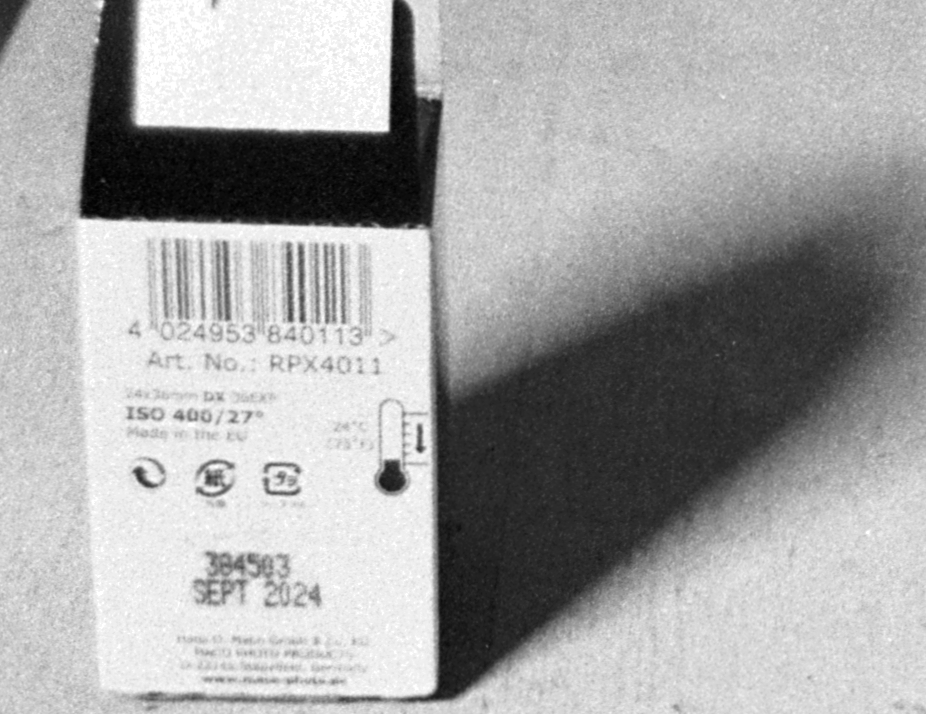
Bokeh is somewhat less neutral: the ring of light at the outside of a highlight is clearly more prominent than it is for the Sigma and the MD 35-70.
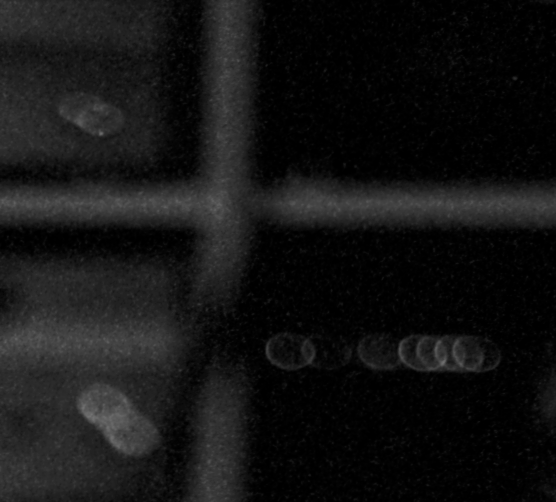
The Vivitar 28/f2.8 was definitely comparable. For all lens nerds: there are a couple versions around. This sample is is a lens manufactured for Vivitar by Komine (serial number starting with 28), which is generally regarded as the best version. It still gets low marks for sharpness, especially wide open, but I don’t see a reason for that on my copy! It’s a little bit better than the (generally higher-rated) Sigma 24/f2.8).
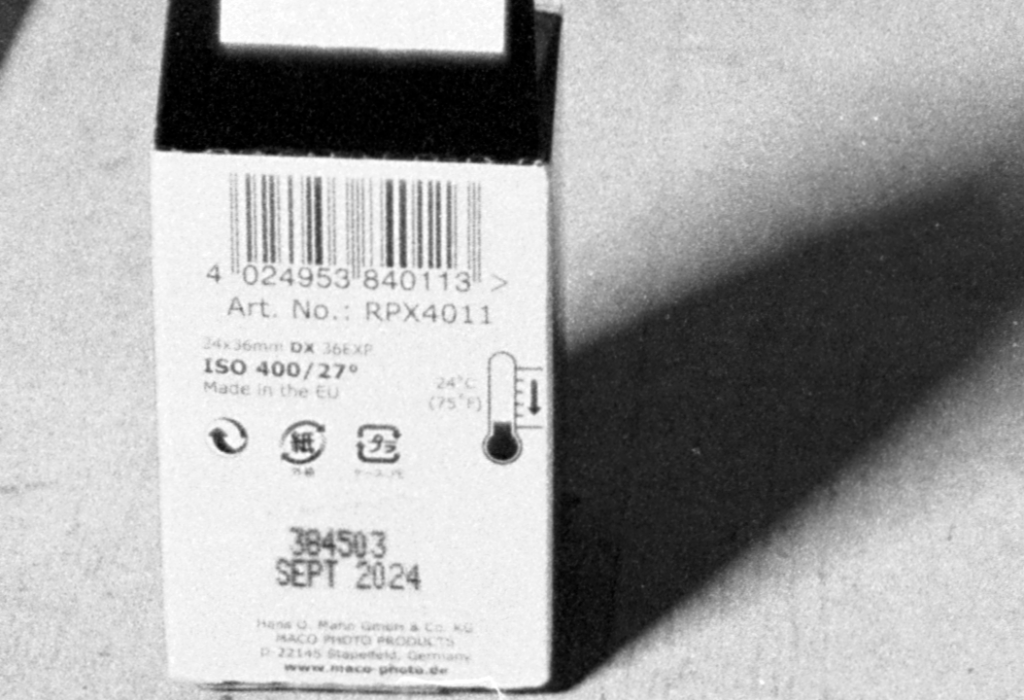
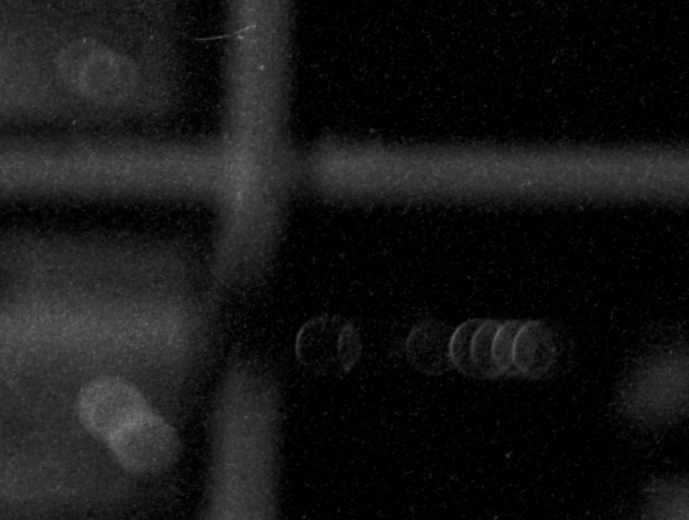
One more thing I learnt
I sort of knew XTOL could do this, but I had no idea ADOX CHS-100 could do this, and I had definitely no idea my secondhand €250 PlusTek OpticFilm 8200i scanner could do this! All scans were made at 3600ppi, which delivers a 16.7 megapixel file, and is supposedly the maximum that you can get out of this little machine.
Distortion, edge sharpness and vignetting test
Next, let’s hit a brick wall.
Yes, I photograph brick walls for fun (not). But it gives you a good reference for barrel distortion. On top of that, the sun was blocked by The Mother Of All Softboxes: a dull grey sky, so lighting was pretty even, allowing us to spot any vignetting that might happen. You’ll see this when it happens on the right part of the wall, because the left part of the wall is partly shadowed.
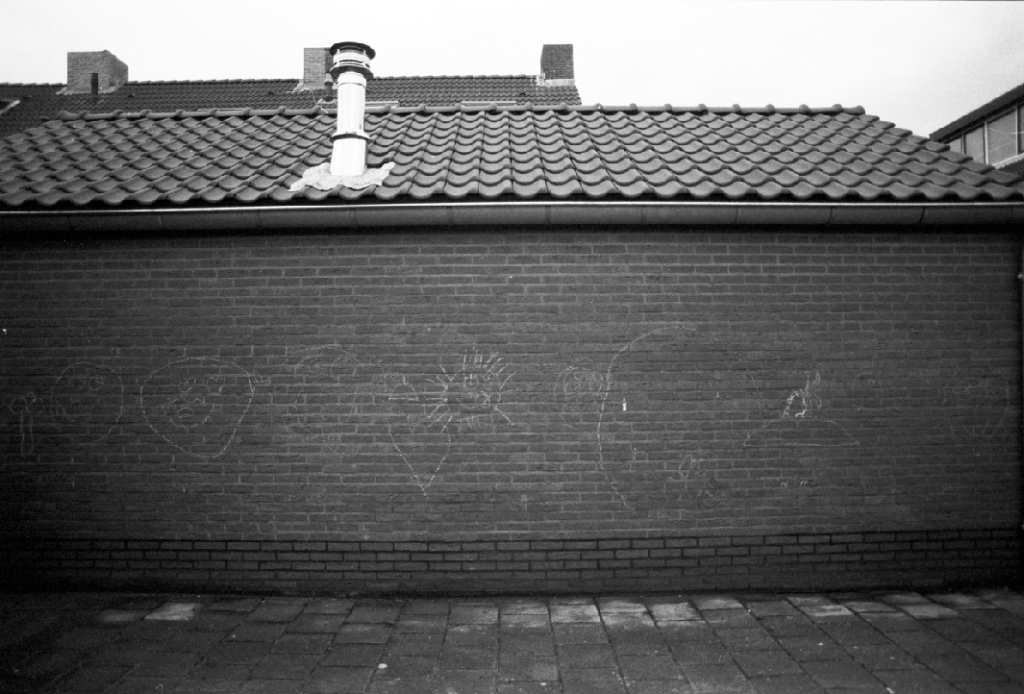
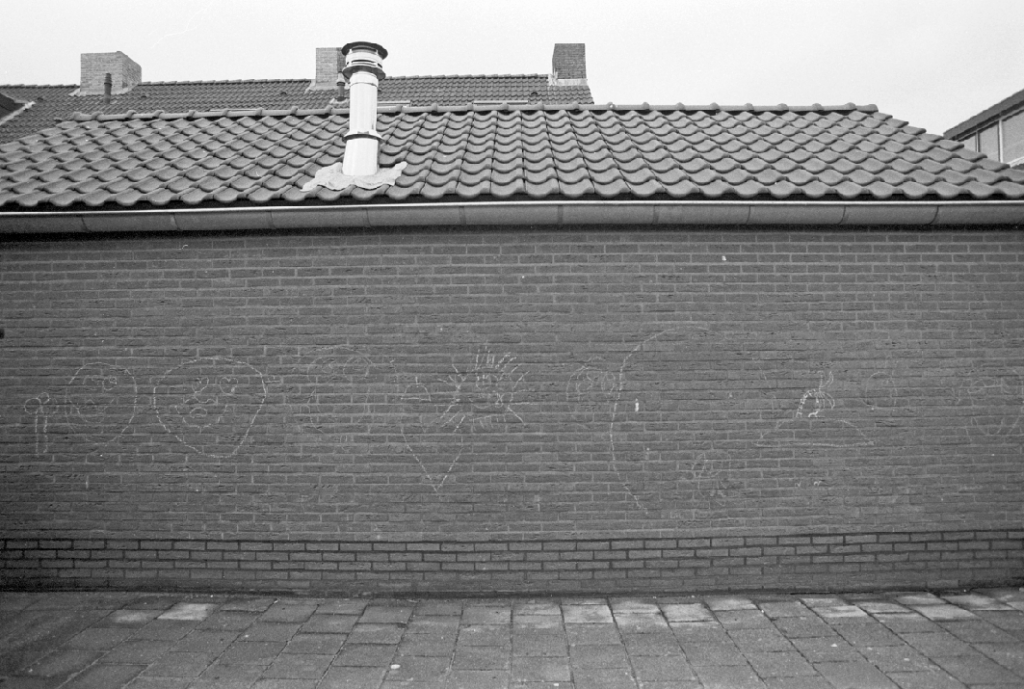
There is a slight barrel distortion, but nothing dramatic.
Another thing I paid attention to is uniformity in sharpness… somebody complained that the Sigma would have a bizarrely curved focal plane. I noticed nothing of that.
The Makinon is having some trouble here.
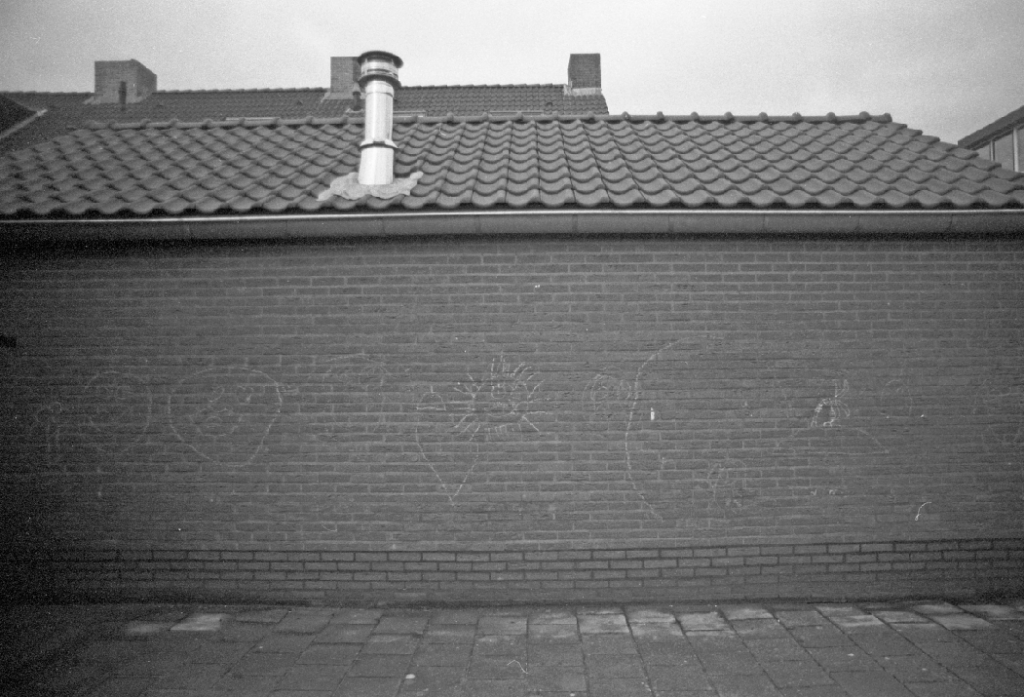
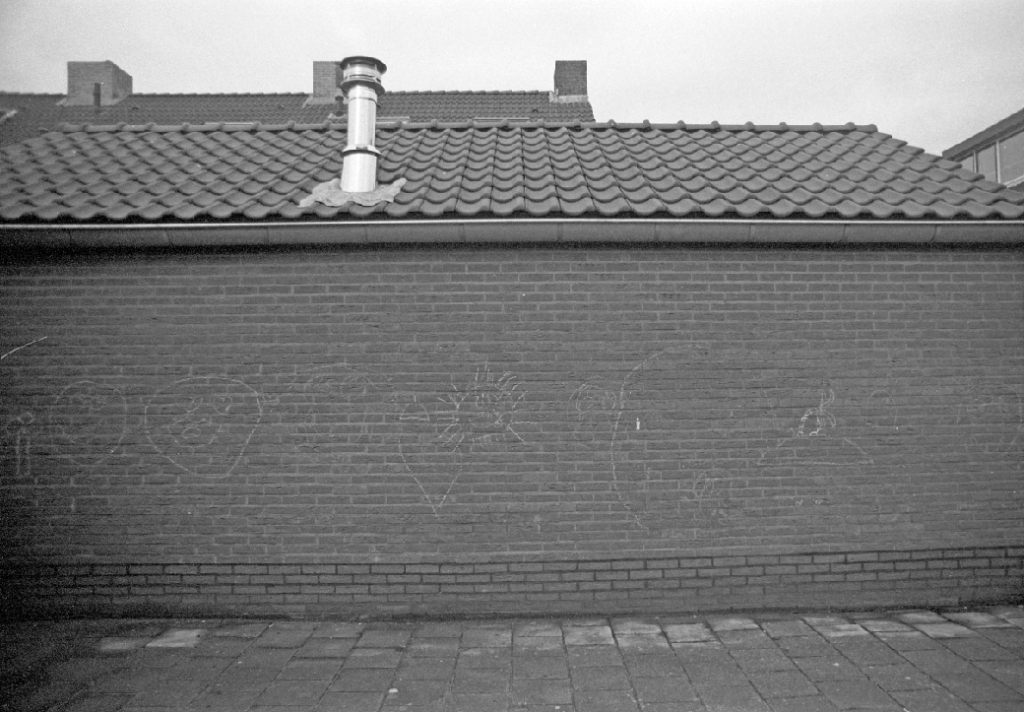
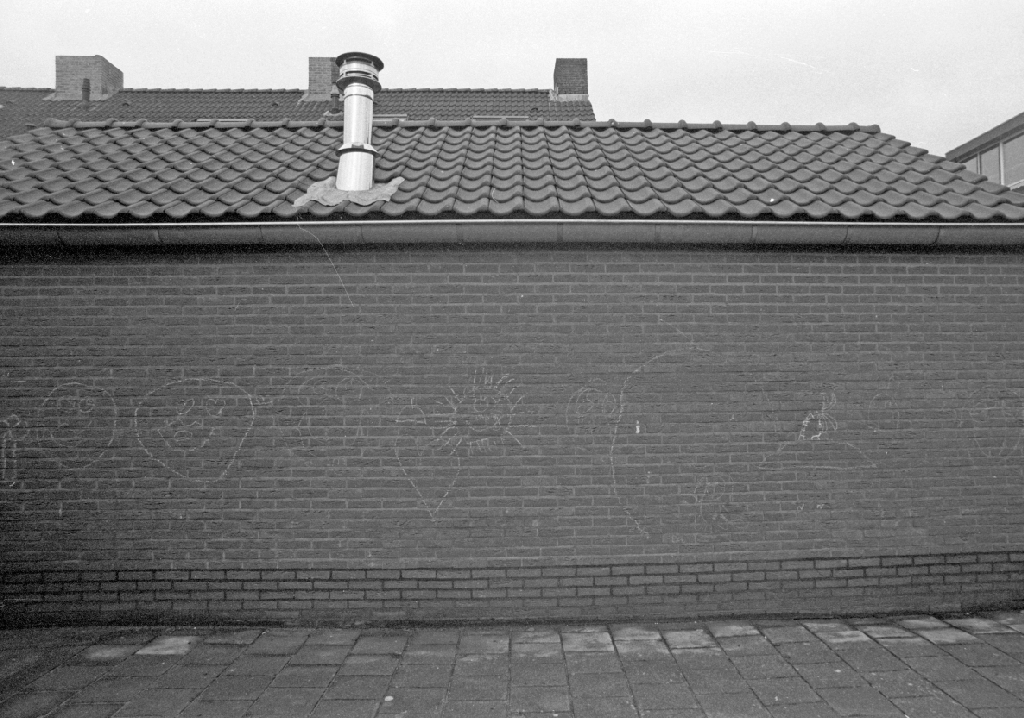
I think this is where the Makinon meets its Waterloo.
The Vivitar 28/2.8 keeps surprising me.
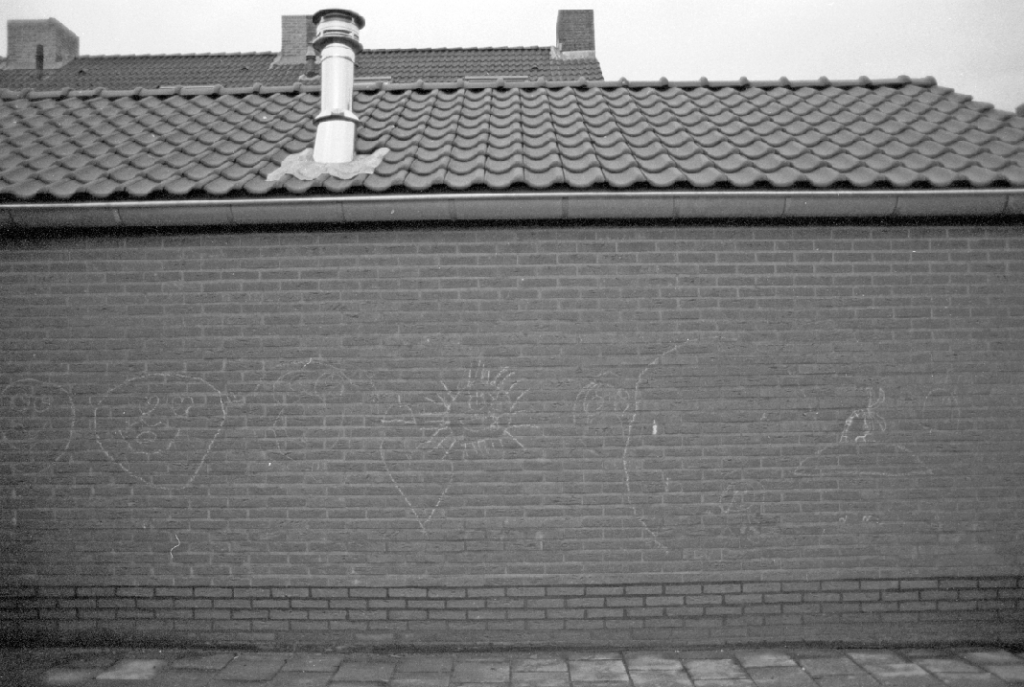
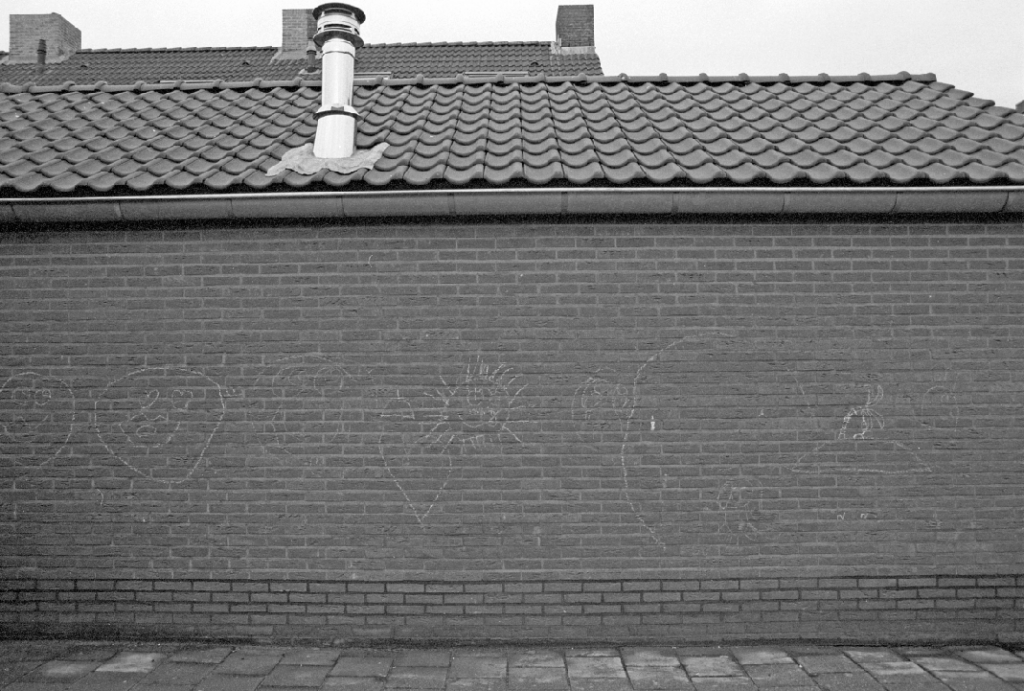
This is apparently a good specimen.
I also inserted a Tokina AT-X SD 28-70/f3.5-4.5 into the field, just because I could.

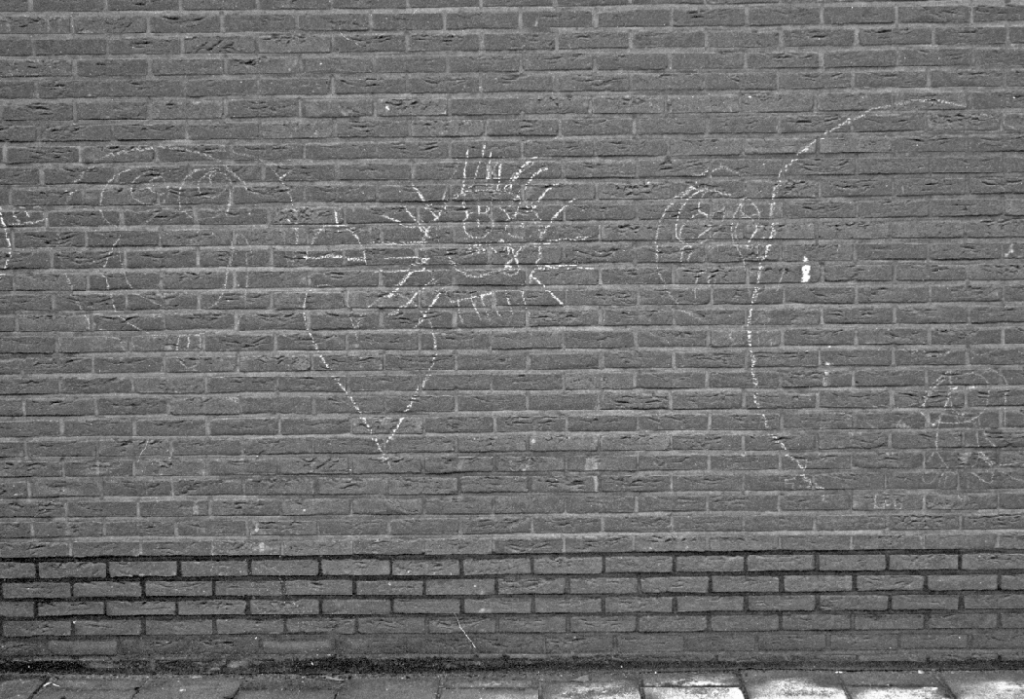
The Sigma 35-70/f3.5-4.5 has more barrel distortion than any of the others.

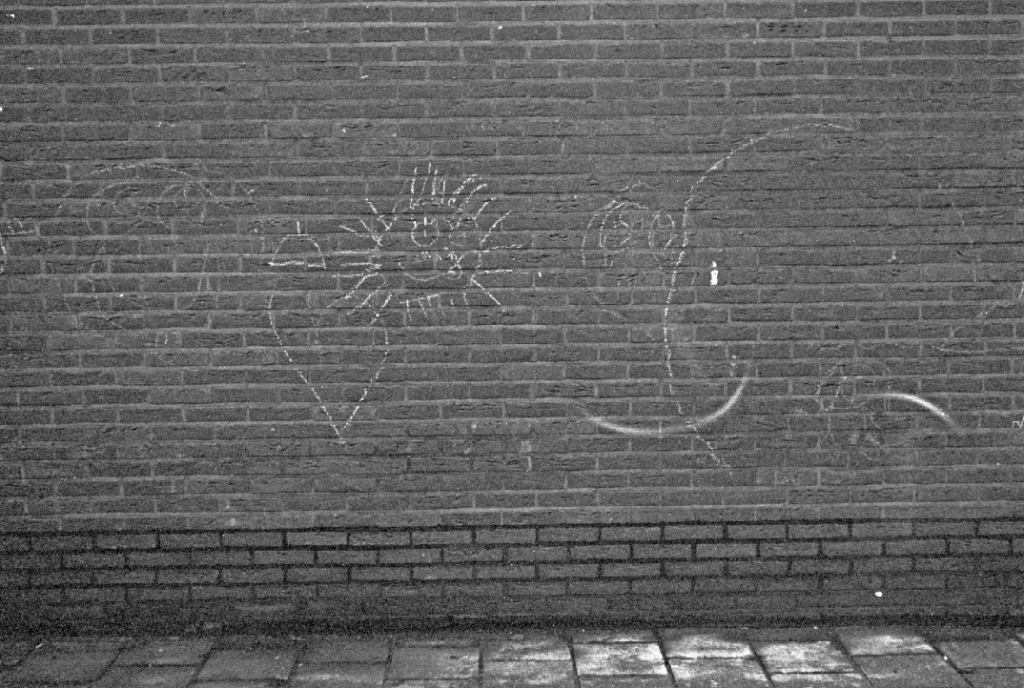
Would the Minolta 28-70/f3.5-4.5 still be “not bad at all”?
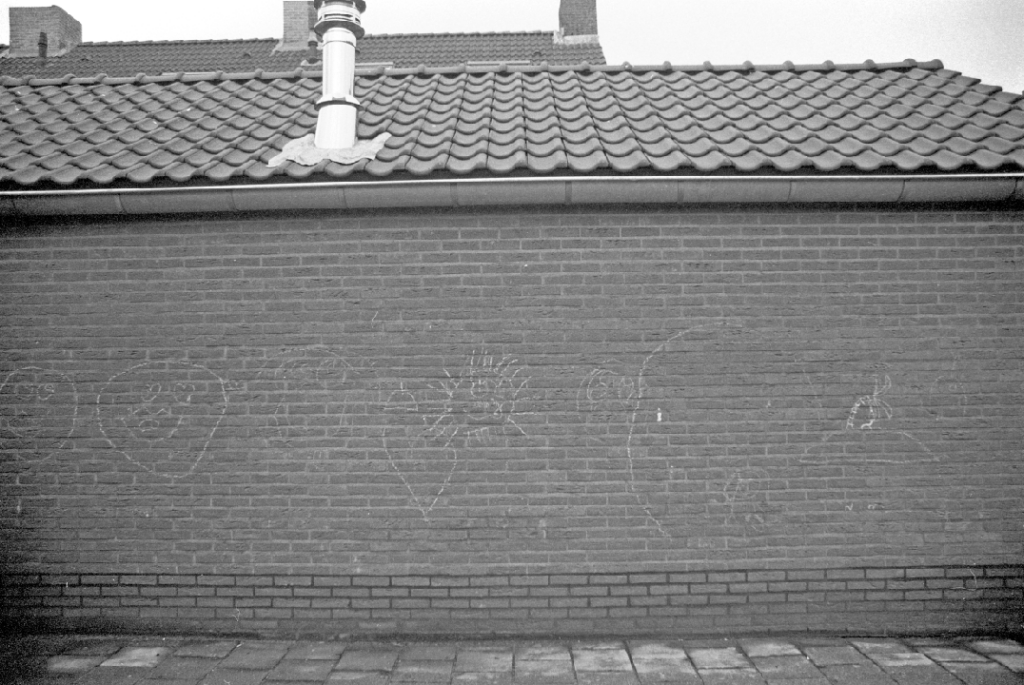
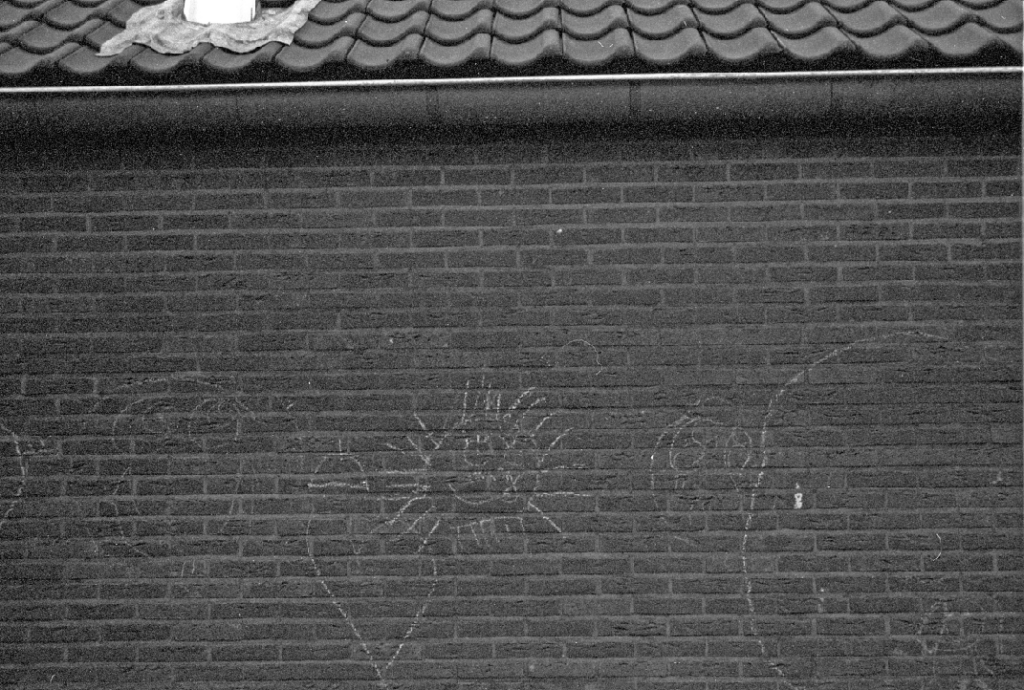
Now, after the first round, the Minolta MD 35-70/f3.5 was strongly in first place. Will it defend its title successfully?
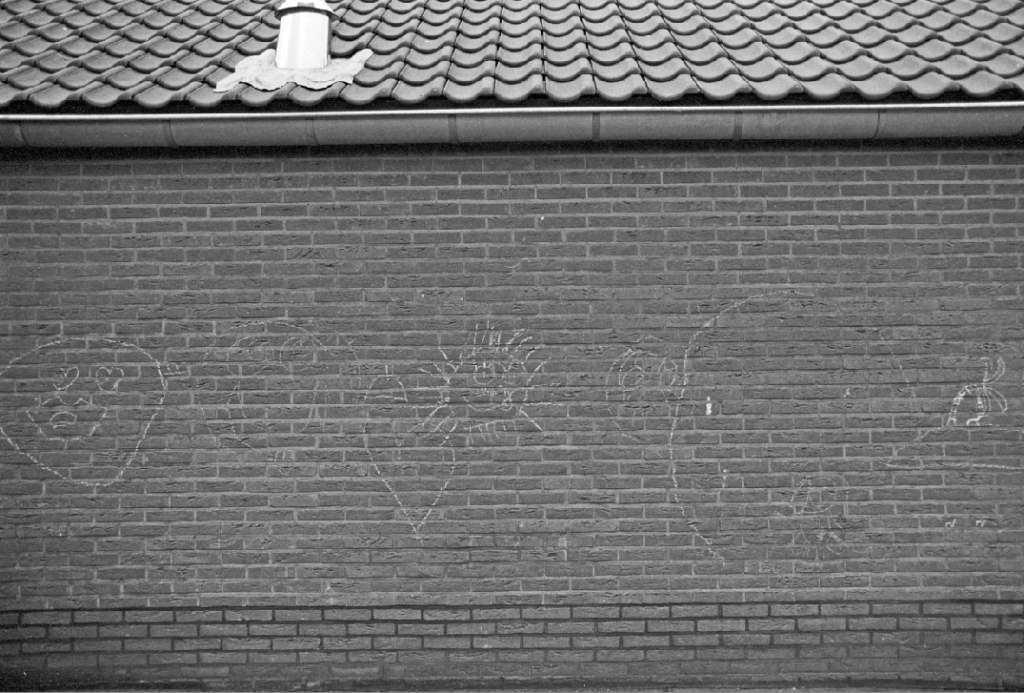
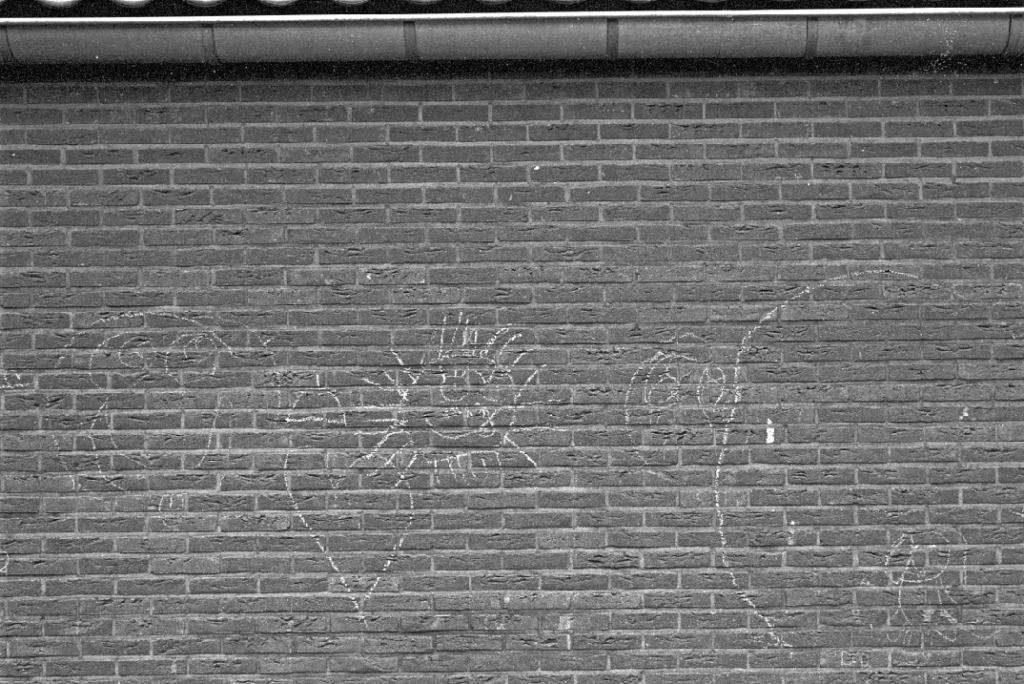
Ladies, and gentlemen, we have a winner.
For the inner nerd, it’s pretty clear which one that is.
The question now remains is: would you ever notice?
I guess it depends. If you use your wideangle to do landscape photography on a digital camera with an APS-sized sensor, probably not. You’d usually have enough light to stop down, your sensor is only going to use the center area of the lens anyway, which alleviates any barrel distortion and edge sharpness problems unless they are really serious, and the concept of landscapes has a habit of hiding any distortion faults.
But if you use it for cityscapes or architecture, or indoors scenes, on the cameras these lenses were made for (35mm SLR film cameras), any issue I saw will probably will be an issue, because that’s how I tested it. And the reason for that is because I did this for myself — this is how I’m going to use it. I seriously think it makes no sense to test a manual focus SR-mount lens on a digital camera with an adapter if that’s not how you are going to use it. You’ll miss issues that are actually there, and you’ll see issues that you’d never have on 35mm film. On top of that, whatever distortion and vignetting there is in all lenses can easily be fixed in Photoshop, leaving only edge and corner sharpness if you use the lens on a full-frame digital.
And then of course, there is the question of value-for-money. Yes, the MD 35-70 is visibly better than every other lens in this test. It’s a zoom that outdoes all the primes in this test, dangit. It’s a stellar feat, this bit of kit.
But I paid 8 times the money for it compared to my second-place candidate, which is the Sigma 24/f2.8. Is it worth 8 times as much? That is a personal evaluation that relies as much on your budget as it does on objectifiable criteria. All I can do is tell you about the differences; it’s up to you to determine if these are important to you and if you can justify spending that kind of money on it.
Epilogue
I set out to find myself a decent extension towards wider angles than the 35-70 that I had. I knew I had the 28-70 MD, but I wanted wider than that. I briefly looked at the 24-50, which would fill the range between 24 and the 35-70, but found that this was hard to find at a good price. The same holds true for the various other options Minolta sold in that range, which triggered me to look for good third-party options. After all, I’m a user, not a collector.
Long story short: I succeeded. The Sigma Super-Wide II 24/f2.8 is an excellent little lens, and at the 10 euros I paid for it, it’s a steal. The Vivitar 28/f2.8 is also a very adequate lens that has earned its place in my bag, and of course, the MD 35-70/f3.5 “Vario Elmar” is not going anywhere.
The Makinon 24/f2.8 is a bit of a disappointment, and so is the Sigma 35-70/f3.5-4.5. The Tokina and especially Minolta 28-70 are really quite good, and I think the last one might work as a “standard zoom” on the X700 for one-body-one-lens excursions, so that might kind of stay… but the Vivitar zoom, the Tokina zoom and the Makinon will be shifted, sooner rather than later.
